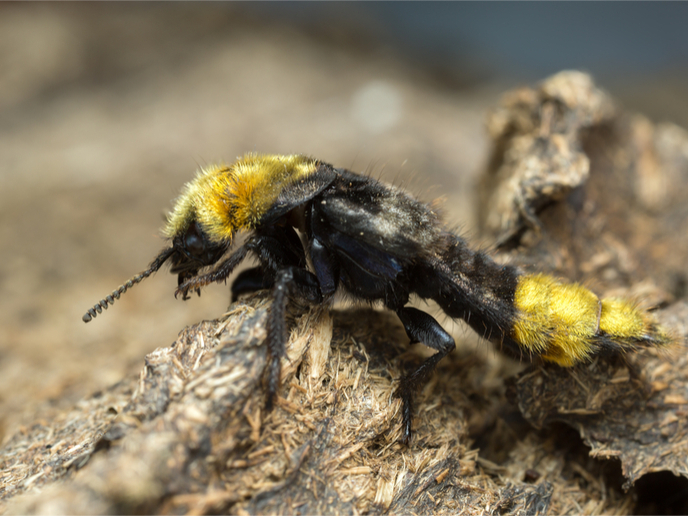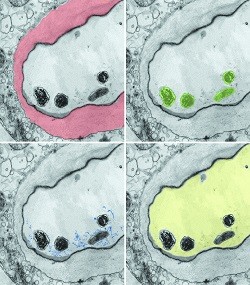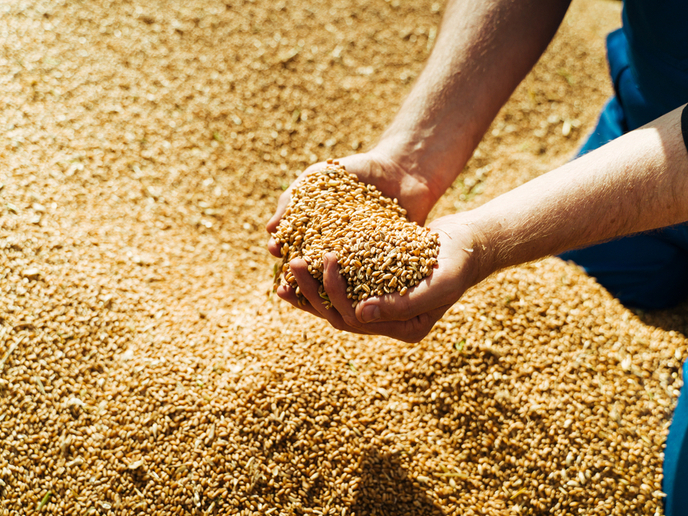How the insect-plant arms race shapes their diversification
Interactions between insects and plants are critical for life on land. They drive pollination and herbivory, fundamental processes that maintain ecosystem stability, support agriculture and promote biodiversity. “These interactions have also shaped the evolutionary history of life, generating the incredible variety of insects and plants that we see today,” says Fabien Condamine(opens in new window), research scientist at the National Centre for Scientific Research(opens in new window) (CNRS) in France. “All of this started more than 400 million years ago.” In the GAIA project, which was funded by the European Research Council(opens in new window), Condamine and his colleagues aimed to understand these relationships on a large evolutionary scale, using swallowtail butterflies (Papilionidae) as a model group. By studying their diversification, the researchers sought to find the underlying patterns and processes of insect-plant co-evolution.
Studying the evolution of the insect-plant arms race
GAIA’s central goal was to reconstruct the evolutionary arms race between swallowtail butterflies and their host plants at an unprecedented level of detail. In doing this, the team first established a new taxonomic list with around 640 species covering the entire Papilionidae family, making it one of the most comprehensive datasets for any butterfly family to date. The biggest challenge was to generate whole-genome data for all these species. To do so, the researchers produced high-quality reference genomes for the main lineages, while sequencing in parallel those of all the other species, many of which were rare or only available from historical museum collections. To achieve this, the researchers devised a specific protocol optimised for degraded DNA, which allowed them to sequence ancient specimens that would be otherwise not sequenced and not included in the family tree. Using state-of-the-art phylogenomic approaches, the team then constructed the family tree for swallowtails, before testing their macroevolutionary hypotheses of host-plant associations on diversification.
Advancing our knowledge of evolutionary diversification
GAIA produced several significant advances in our understanding of these key interactions. Beyond the major accomplishment of the Papilionidae family tree, one key finding was that shifts and specialisations in host plants have left clear genomic signatures of adaptation and innovation. This supports the idea that these interactions have driven diversification. “Our research at genus level(opens in new window) revealed significant macroevolutionary connections between plant colonisation and butterfly diversification,” notes Condamine. “Thanks to GAIA, we now have genome data for 99.8 % of swallowtail species, enabling an upcoming study to revisit and greatly extend these findings at full species resolution,” he adds. The team also generated new phylogenetic and taxonomic frameworks for key groups, including the Papilionini(opens in new window) and Leptocircini(opens in new window) as well as the subfamily Parnassiinae(opens in new window). Other notable results include improvements in species delimitation and conservation genomics, for example in the Papilio machaon(opens in new window) species complex in the Mediterranean region. “While the GAIA project explored fundamental questions about life’s history(opens in new window), it also addressed pressing societal challenges such as biodiversity loss, ecosystem resilience and the future of pollination services,” remarks Condamine.
Benefits for the wider scientific community
The team hopes their results will serve as a lasting resource for the scientific community, not just in evolutionary biology, but also in ecology, conservation and developmental genetics. “Our findings on insect-plant co-evolution and diversification contribute to broader scientific debates on the drivers of biodiversity,” adds Condamine. “They provide concrete examples of how ecological interactions can shape macroevolutionary patterns – a perspective that is becoming increasingly important in light of global biodiversity loss.”





